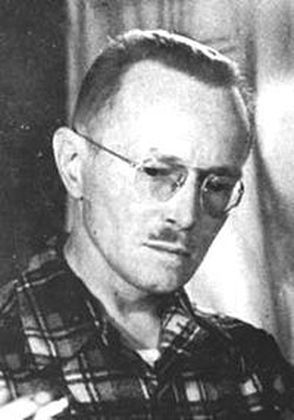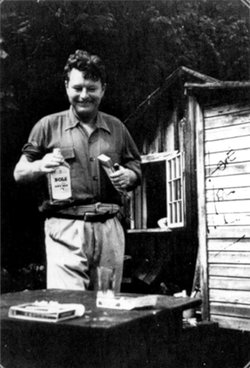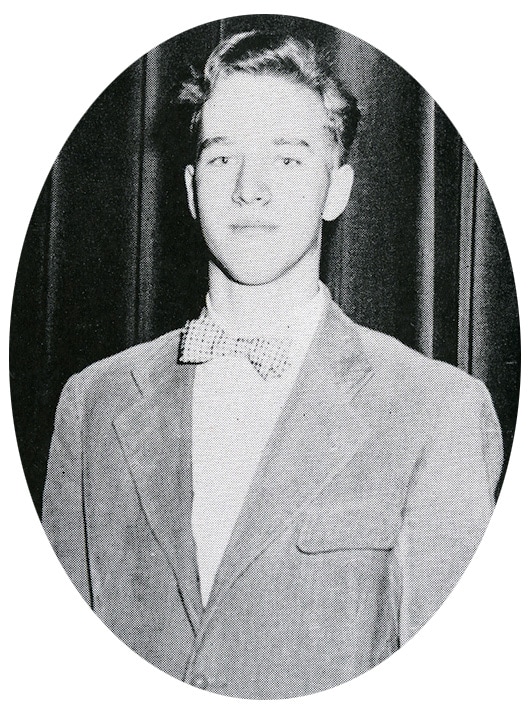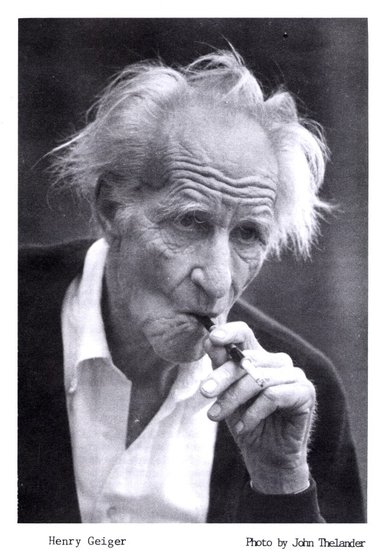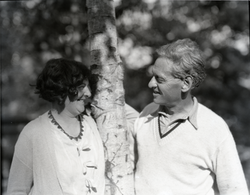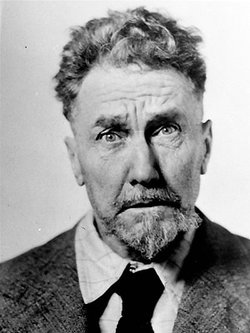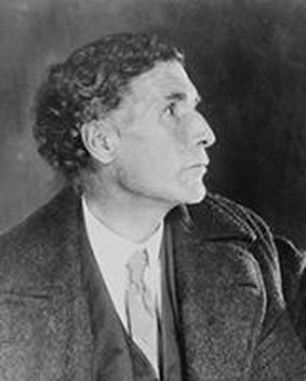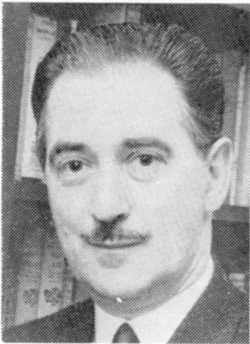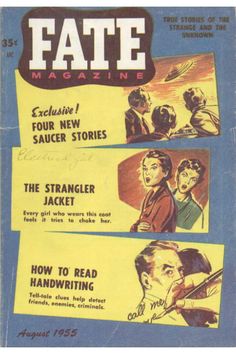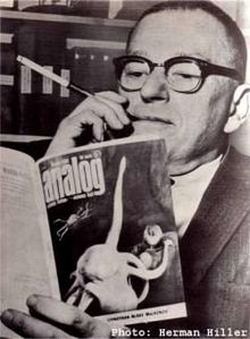
John Wood Campbell, Jr., was born 8 June 1910 in Newark, New Jersey to John W. Campbell and the former Dorothy Strahern. Raised in middle class material comfort—his father was an engineer—but great emotional turmoil, caught in the triangle between a distant father, an unpredictable mother, and a resentful aunt (his mother’s twin), Campbell turned to science and engineering: by accounts, he was reading astronomy and physics books as early as eight years old, and tinkering on bicycles. He would always appreciate scientists and engineers as cultural heroes, doing what needed to be done, changing and perfecting the human race. Campbell went to the private Blair Academy and did not do well, but got into MIT anyway.
He discovered science fiction in his teens. The genre was just beginning to take shape. There were scientific romances and adventure stories from older generations—Poe and Verne—as well as stories along those lines being produced by contemporary authors—Wells, Burroughs, Doyle—but it was Hugo Gernsback who was consolidating science fiction into a recognizable genre. His Amazing Stories came out in 1926. At MIT, Campbell wanted to buy a car, but his father refused, and so he turned to writing stories for the new science fiction market, and found himself successful enough. He finished MIT (did he?) but also continued writing under a couple of names.
His John W. Campbell byline went with stories of what he called, in a clever spoonerism, “thud and blunder,” tales of galactic derring-do and adventure. Under a pseudonym, Don A. Stuart, he worked out more thoughtful, though also deeply pessimistic, narratives. These often lacked a robust plot, but made of for it with their considerations of the limits of science and human knowledge. He also used the names Karl van Campen and Arthur McCann.
He discovered science fiction in his teens. The genre was just beginning to take shape. There were scientific romances and adventure stories from older generations—Poe and Verne—as well as stories along those lines being produced by contemporary authors—Wells, Burroughs, Doyle—but it was Hugo Gernsback who was consolidating science fiction into a recognizable genre. His Amazing Stories came out in 1926. At MIT, Campbell wanted to buy a car, but his father refused, and so he turned to writing stories for the new science fiction market, and found himself successful enough. He finished MIT (did he?) but also continued writing under a couple of names.
His John W. Campbell byline went with stories of what he called, in a clever spoonerism, “thud and blunder,” tales of galactic derring-do and adventure. Under a pseudonym, Don A. Stuart, he worked out more thoughtful, though also deeply pessimistic, narratives. These often lacked a robust plot, but made of for it with their considerations of the limits of science and human knowledge. He also used the names Karl van Campen and Arthur McCann.
